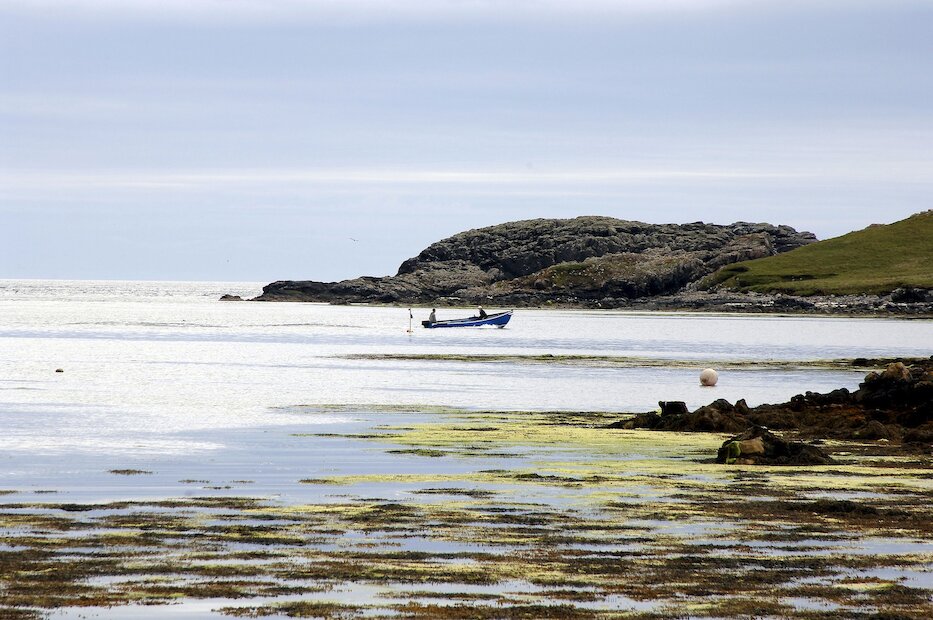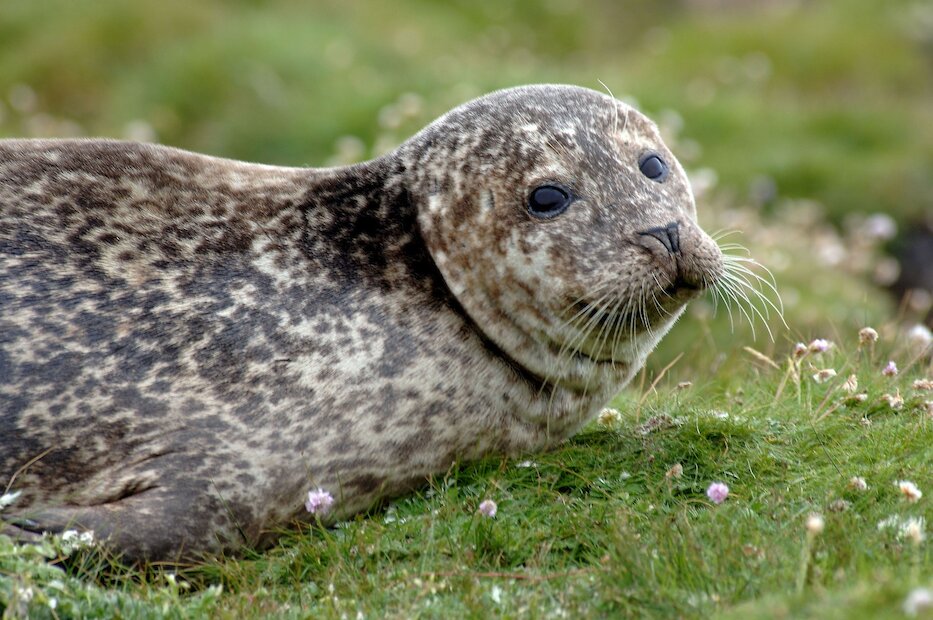A quick introduction
On the map, Skerries looks almost too small to be inhabited, yet around 35 people live on these two square miles (4km²) of rock and pasture. In Old Norse the name means 'the eastern islets' and indeed the Bound Skerry Lighthouse is only 164 nautical miles (320km) from the nearest light in Norway.
The remains of a broch on the north shore of Grunay, suggests there has been people in Skerries since at least the Bronze Age, and there has been permanent settlement since the Norse period.
The two inhabited islands, Bruray and Housay, are joined by a bridge but the road is less than a mile (1.6km) long so the best way to see Skerries and meet the islanders is to explore on foot. A third island, Grunay, is currently uninhabited.
Like Whalsay, which lies four miles to the south-west of Skerries, the main industry is fishing.
How to get to Skerries
A car ferry runs from the Shetland Mainland terminal at Vidlin (or Laxo if there are strong northerly winds) and once a week from Lerwick. The journey takes 90 minutes from Vidlin and 2.5 hours from Lerwick; booking is essential. If you look at the timetable, you’ll find that a day trip is possible on the weekend.


